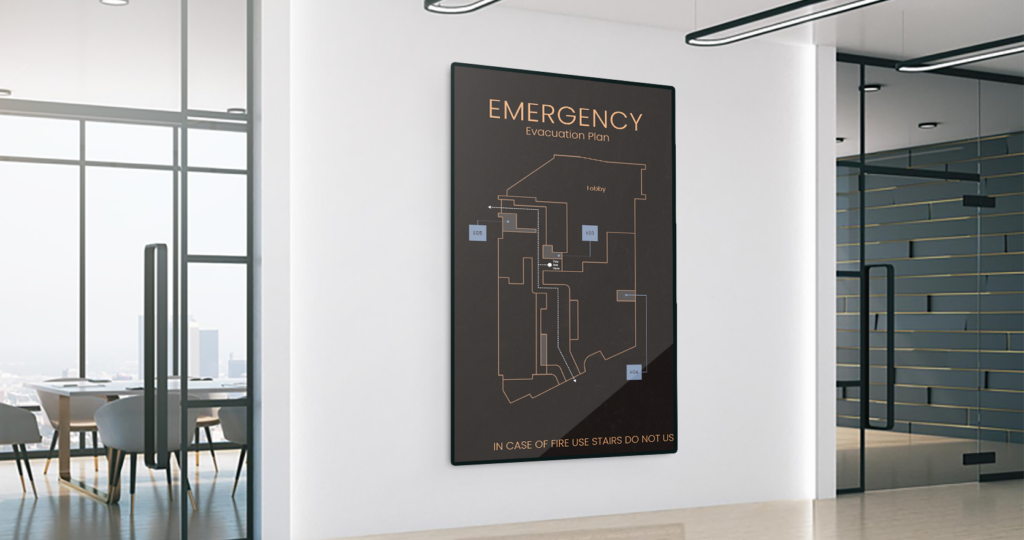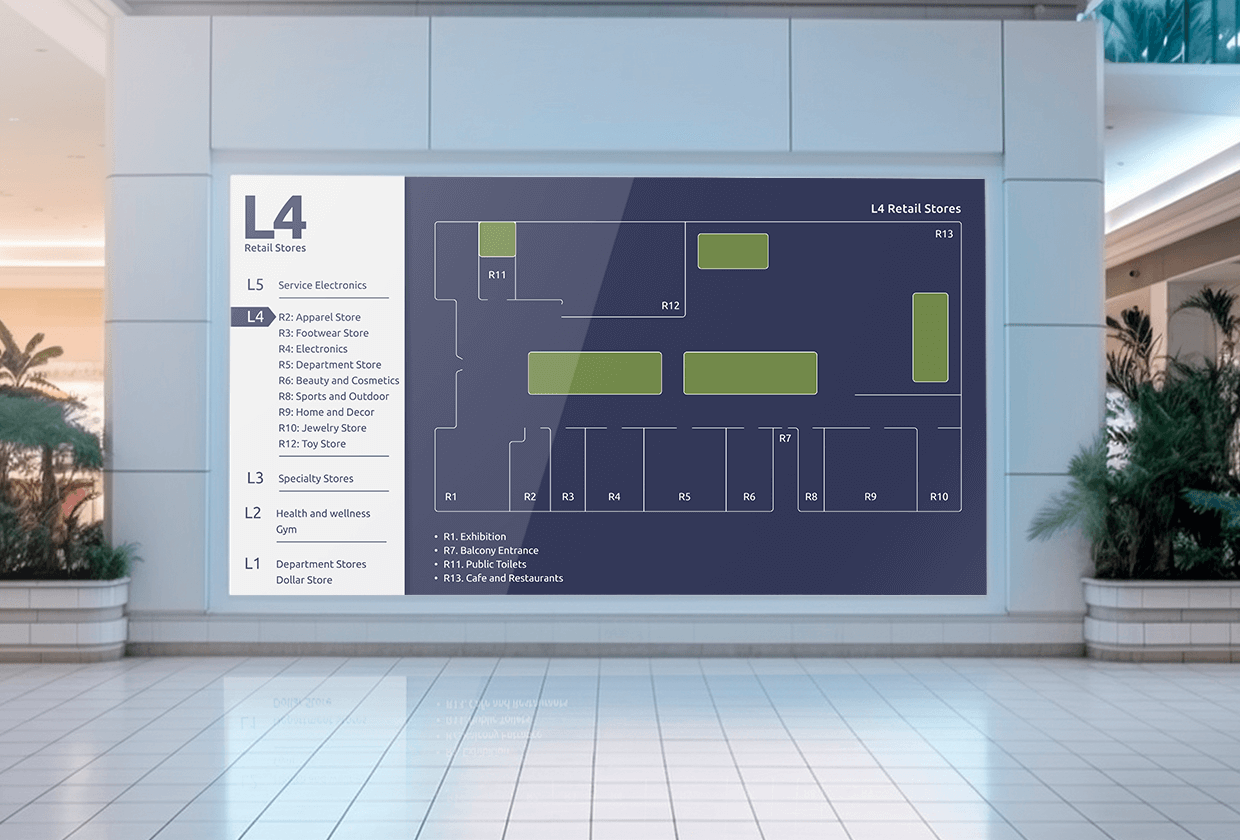In the hustle and bustle of our daily lives, effective directional signage is crucial for a seamless and stress-free experience. Navigating through complex environments can be a daunting task.
What is Directional Signage?
Directional signage is a visual tool designed to assist people in navigating their surroundings efficiently. These signs typically convey information about the location of specific events or areas, such as exits, restrooms, parking lots, offices, or various points of interest within a facility. The primary purpose is to reduce confusion, save time, and improve the overall user experience by offering precise and easily understandable directions.
The Importance of Wayfinding
Wayfinding goes beyond the simple act of finding your way from point A to point B. It encompasses the entire journey, ensuring individuals can effortlessly navigate a space without confusion or frustration. Well-designed wayfinding systems contribute to a positive user experience, enhance safety, and increase overall satisfaction.
Directional signage is a fundamental aspect of wayfinding signage, serving as a visual guide to help people understand their surroundings and make informed decisions about their paths. Whether it’s guiding visitors through museum digital signage, patients in a hospital, students in a school, or shoppers in a mall, effective directional signage is pivotal in creating a user-friendly environment.

Examples of Directional Signage:
Arrows and Symbols
One of the most common forms of directional signs is arrows. Arrows point individuals in the right direction, eliminating ambiguity. Complementing arrows, symbols can be used universally to convey messages without relying on language, ensuring inclusivity for diverse audiences.
Floor Graphics
In environments where traditional signs might not be practical, floor graphics provide an innovative solution. Placed directly on the floor, these graphics guide people along a designated path, especially in large, open spaces.
Interactive Digital Signage
With advancements in technology, interactive digital signage has become prevalent. Interactive kiosks and displays provide real-time information, maps, and interactive features to assist users in finding their way through complex spaces.
Color-Coded Signage
A color-coded system helps individuals associate specific colors with different areas or purposes. For example, a hospital might use color-coded signs to differentiate between various departments or floors, streamlining navigation for patients and visitors.

Incorporating Technology into Wayfinding
In today’s digital age, technology can play a significant role in enhancing wayfinding experiences. Interactive maps, mobile apps, and digital displays can complement traditional signage, providing real-time information and dynamic updates. These technologies can be beneficial in large and dynamic environments, offering users a more personalized and responsive navigation experience.
Yodeck’s user-friendly interface empowers businesses and organizations to create and manage dynamic content effortlessly. Integrating seamlessly with digital displays!
Benefits of Directional Signage
Improved User Experience
Directional signs significantly enhance the user experience by reducing stress and frustration associated with navigating unfamiliar spaces. Clear and concise guidance ensures that individuals can easily find their way without unnecessary detours.
Time Efficiency
In large and busy environments, time is of the essence. Directional signage helps people reach their destinations more quickly, whether catching a flight at an airport, finding a particular store in a mall, or locating an office in a corporate building.
Enhanced Safety
Directional signage is crucial in emergencies. Clear exit signs, evacuation routes, and safety information ensure that individuals can quickly and safely exit a building in case of emergency alerts, contributing to overall safety measures.
Brand Image and Consistency
For businesses and organizations, directional signage is an extension of their brand. Consistent and well-designed digital signage software not only reinforces brand identity but also creates a positive impression on visitors and customers.
Accessibility and Inclusivity
Directional signage ensures accessibility for all individuals, including those with disabilities. Clear signage with easy-to-read fonts, appropriate contrast, and symbols can make spaces more inclusive.
Conclusion
In conclusion, effective wayfinding signage is a multifaceted concept beyond mere navigation. As a crucial wayfinding component, directional signage plays a vital role in creating a positive and user-friendly environment. Clear, consistent, and tailored signage, coupled with thoughtful consideration for technology and accessibility, can contribute to a seamless and stress-free navigation experience for individuals in diverse environments. By prioritizing effective wayfinding, we can enhance user satisfaction, improve safety, and ensure everyone can navigate through spaces easily and confidently.
